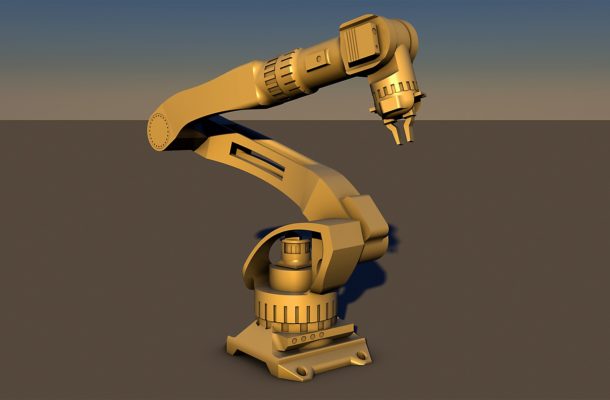Mid-sized firms urged to embrace advanced manufacturing

A new industry-led report, Advanced manufacturing: a new definition for a new era urges Australia’s remaining manufacturers to seize the opportunities created by state of the art business models and production techniques.
Despite thirty years of decline, manufacturing remains an important part of the economy, providing or supporting 1.27 million jobs. Advanced manufacturing – which refers to how products of all kinds can be made, rather than high tech products in particular – could help firms outsmart their competition by focusing on increasing value, rather than reducing cost. Skilled workers, smart production and better quality customer service has helped a handful of firms buck the downward trend, but just 5% of firms generate 99% of Australia’s manufacturing export value.
The survey of 3,000 firms finds the top performers deploy advanced knowledge and new business models as well as cutting edge manufacturing processes. These firms lead rather than follow innovation trends, spending more than their peers on research and development and IT. They also hold more patents, have better qualified staff and share in more research collaboration. 5% of Australian manufacturers are responsible for 94% of the sector’s capital spending and 54% of its total R&D investment. It is no coincidence these same firms dominate the nation’s manufacturing exports.
Advanced firms optimise technology in production, using newer equipment than average to maximise capital intensity, automation and energy and water efficiency. Like Germany’s successful Mittelstand they look to dominate niche markets on the global stage and present themselves as service champions. They pursue links with other firms and use services to boost total revenue. Firms looking to follow their example should review their current operations and concentrate on improving a small number of advanced metrics, rather than press ahead on all fronts. BLADE data for 2014–15 found that over 80% of Australian manufacturers could benefit from greater collaboration with academic researchers, for example, as well as increasing IT investment, introducing more product-related services and securing patents to protect their ideas.
This message was backed by Acting Industry Minister Michaelia Cash, who agreed that Australian manufacturing must continue to evolve and diversify, moving up the value chain and emulating global leaders. The report calls for the government to track innovation indicators alongside traditional economic metrics of output, exports and jobs. Trends in R&D, patents, collaboration, skilled wages, IT spending, capital intensity and new products and services would illustrate Australia’s performance against its own past and current peers and highlight areas for extra activity.
Federal and state industry assistance should also encourage advanced techniques and transition to high value, export oriented activities to embed more Australian firms in global value chains. Senator Cash recently announced almost $30 million in support for 20 advanced manufacturing projects in Victoria and South Australia, taken from the $100 million Advanced Manufacturing Fund launched in the 2017-18 Budget. 11 of the firms lie in the legacy car making corridors of each state and Senator Cash said the funds would ease their transition from traditional, heavy industrial processes to advanced manufacturing of higher value products, boosting innovation, skills and employment opportunities. LeMond Composites Pty Ltd in Victoria will use $2.5 million to support the commissioning of an industrial carbon fibre manufacturing facility, for example, while South Australia’s Codan Ltd will use $528,333 to implement a new Surface Mount Technology production line.








